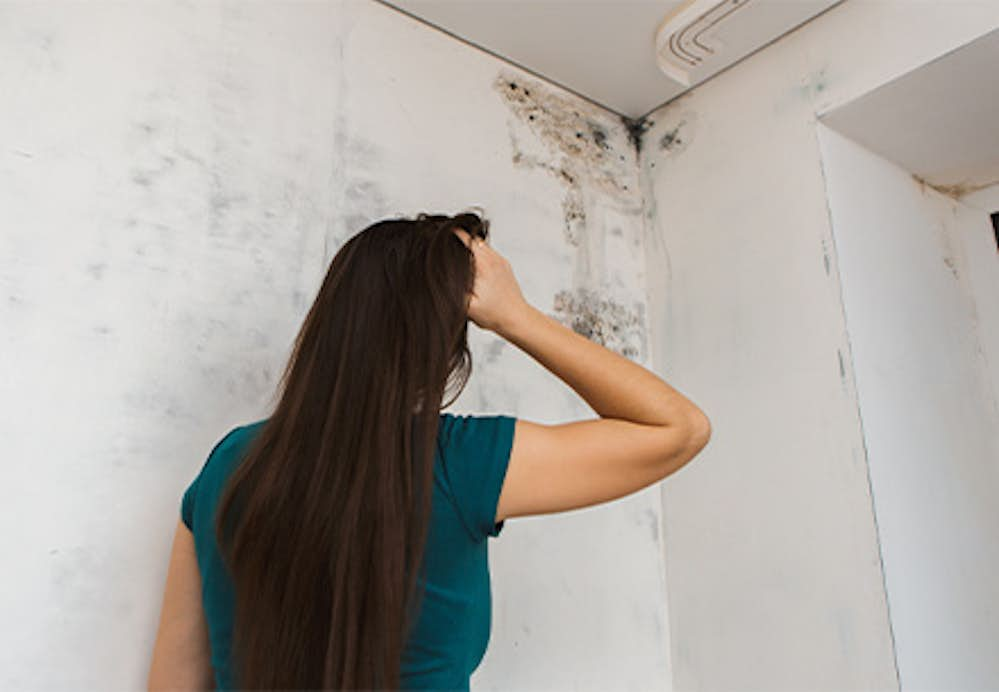Mould Growth. Who is responsible?
- Published: 26th Nov 22
- Category: Resources
You will no doubt have read about the tragic death of Awaab Ishak caused by prolonged exposure to mould in his family’s home. This case highlights the importance of responding swiftly to reports by your tenants of black spot mould growth in your property. At this time of year, condensation becomes a greater problem and often reports of mould increase as the weather turns colder.
Condensation is formed where hot or warm air meets cold surfaces. Droplets are then formed and if not dealt with mildew can develop. There are many reasons for this. Sometimes it will be because of the tenants actions including not ventilating the property sufficiently, or drying clothes indoors.
Equally it could be as a result of a structural problem such as blocked gutters or drains or insufficient insulation. Other reasons would include a leak from the roof or plumbing, including showers and baths not being sealed correctly. In older properties ground water can breach an inadequate damp proof course.
Once notified there is a problem it is important that you take steps to investigate the cause.
A current area of concern is tenants not switching on the heating in order to save money. This will exacerbate condensation as there is a natural production of condensation in a cold building through breathing, boiling a kettle, having a shower and so on.
We provide all of our managed tenants with a condensation guide in order that they can manage moisture whilst our tenancy agreement requires them to take preventative measures.
As suggested earlier there are times where Landlords need to take further action including uprating heating, installing more efficient extractor fans, additional loft insulation, eliminating cold spots etc. Unfortunately, just washing down with an anti-fungal spray and repainting is no longer an option!
It is worth considering having a conversation with your tenants now before the weather becomes colder, and provide them with advice and guidance on how to manage condensation build up. You will also need to respond swiftly to reports of mould by visiting the property and checking whether a structural repair is contributing to the problem.
Mendip District Council provide a guide to preventing and managing damp and mould and you can find this here
Please note the date this article was published as the law or the essence may have changed since it was posted. You should always seek independent legal advice if you are intending to rely on any of the contents.
All resources & news